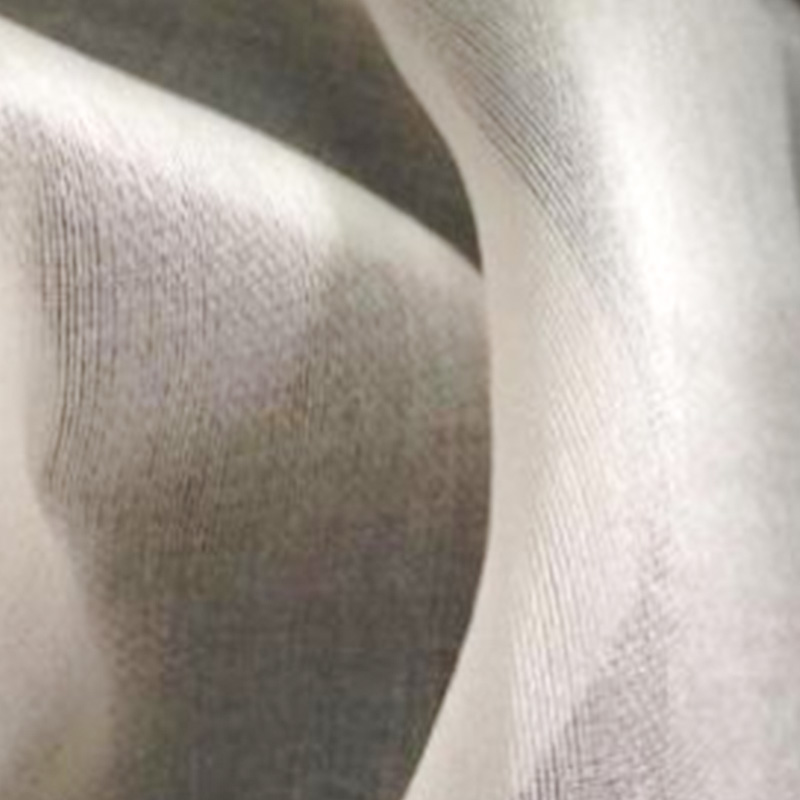Naia Acetate Fiber: Redefining Sustainable Luxury Through Molecular Innovation and Closed-Loop Systems
The textile industry’s pursuit of eco-conscious yet high-performance materials has elevated Naia™ acetate fabric—a cellulose-based textile engineered by Eastman Chemical Company—to the forefront of sustainable luxury. Combining biomimetic design, circular production methodologies, and multifunctional aesthetics, Naia is disrupting traditional acetate applications in fashion, intimate apparel, and technical textiles. This analysis explores its molecular engineering breakthroughs, environmental credentials, and emergent role in decarbonizing the value chain.
Content
1. Molecular Architecture and Advanced Manufacturing Processes
Naia’s performance stems from its proprietary cellulose acetate synthesis, derived from sustainably harvested wood pulp (FSC/PEFC-certified) and acetic anhydride. Unlike conventional acetate, Naia employs a closed-loop solvent recovery system that reclaims 99.8% of acetone used in the dry-spinning process, minimizing volatile organic compound (VOC) emissions. Key innovations include:
-
Controlled acetylation: Precision esterification (2.4–2.6 acetyl groups per glucose unit) optimizes crystallinity, achieving a unique balance of drape (flexural rigidity <50 mN·cm²) and tensile strength (1.8–2.2 cN/dtex).
-
Nanofibril alignment: High-shear spinning orifices orient cellulose chains into a helical microstructure, enhancing moisture-wicking (0.5% moisture regain) and dye uptake uniformity (K/S values >18 for deep shades).
-
Additive integration: Co-spinning with chitosan nanoparticles (<50 nm) imparts inherent antimicrobial properties (99.9% bacterial reduction per AATCC 100), eliminating post-treatment chemical finishes.
Eastman’s Kingsport facility utilizes AI-driven rheology control to maintain ±2% viscosity tolerance across batches, ensuring consistency for high-speed warp knitting and 3D seamless knitting applications.
2. Circularity and Environmental Performance Metrics
Naia’s lifecycle assessment (LCA), verified by third-party auditors, highlights its advantages over petroleum-based synthetics and conventional acetate:
-
Carbon footprint: 4.2 kg CO₂e/kg fiber—48% lower than generic acetate due to renewable energy integration (60% biomass-derived steam).
-
Biodegradability: 90% mineralization in 90 days under industrial composting (ISO 14855), outperforming PLA (polylactic acid) in marine environments (OECD 306).
-
Water stewardship: Closed-loop dyeing compatibility reduces freshwater use by 75% compared to cotton, aligning with ZDHC Level 3 wastewater standards.
Collaborations with circular platforms like Circ and Evrnu enable chemical recycling of Naia-blended textiles into virgin-grade fibers, addressing the 73 million tons of annual textile waste.
3. Cross-Industry Adoption and Functional Hybridization
Naia’s versatility has spurred partnerships across sectors:
-
Luxury fashion: Stella McCartney’s 2023 collection featured Naia-Ecovero™ blends for bias-cut gowns with 40% lower shrinkage than silk.
-
Intimate apparel: HanesBrands’ EcoSmart line uses Naia’s moisture-control properties to replace nylon in lingerie linings, reducing microfiber shedding by 82% (tested via ASTM D7991).
-
Technical textiles: Milliken’s Earthweave carpets integrate flame-retardant Naia fibers (LOI >28) for commercial aviation, meeting FAA 25.853(a) without PFAS coatings.
Emerging applications include medical compression garments leveraging Naia’s electrostatic discharge (ESD) resistance (10⁶–10⁹ Ω/sq) and automotive interiors with UV-stable variants (ΔE <2 after 1,000 h Xenon exposure).

4. Market Challenges and Regulatory Considerations
Despite its promise, Naia faces hurdles in scaling adoption:
-
Cost premium: At 3.20/kg for generic acetate), brands require consumer education to justify price differentials.
-
Blend separation: Current recycling infrastructure struggles to isolate Naia from elastane blends, necessitating investments in enzymatic separation (e.g., Carbios’ C-ZYME™ technology).
-
Regulatory fragmentation: The absence of global standards for “biobased” claims compliance (USDA BioPreferred vs. EU EN 16785-1) increases certification costs by 15–20%.
Eastman’s participation in the Textile Exchange’s Circulose® Initiative aims to harmonize traceability protocols, utilizing blockchain-enabled RFID tags (NTAG 213) for real-time chemical composition tracking.
5. Future Trajectories: From Carbon Capture to Smart Textiles
Naia’s R&D pipeline signals transformative advancements:
-
CO₂-derived acetic acid: Pilot projects with LanzaTech convert industrial emissions into acetic anhydride, potentially achieving carbon-negative fiber production by 2026.
-
Phase-change functionalization: Microencapsulated paraffin waxes (melting point 28–32°C) enable Naia fabrics to store/release thermal energy, targeting athleticwear markets.
-
Conductive hybrids: Graphene oxide coatings (applied via atmospheric plasma) yield surface resistivity <100 Ω/sq for embedded wearable sensors.


 中文简体
中文简体 Français
Français Deutsch
Deutsch italiano
italiano
 previous post
previous post






















